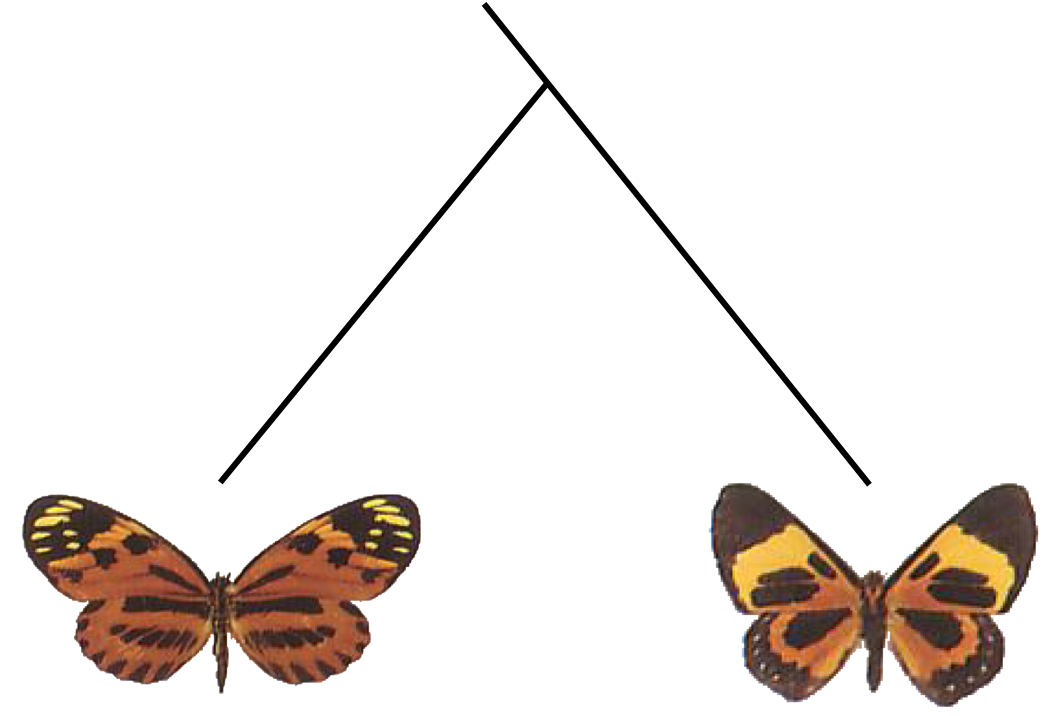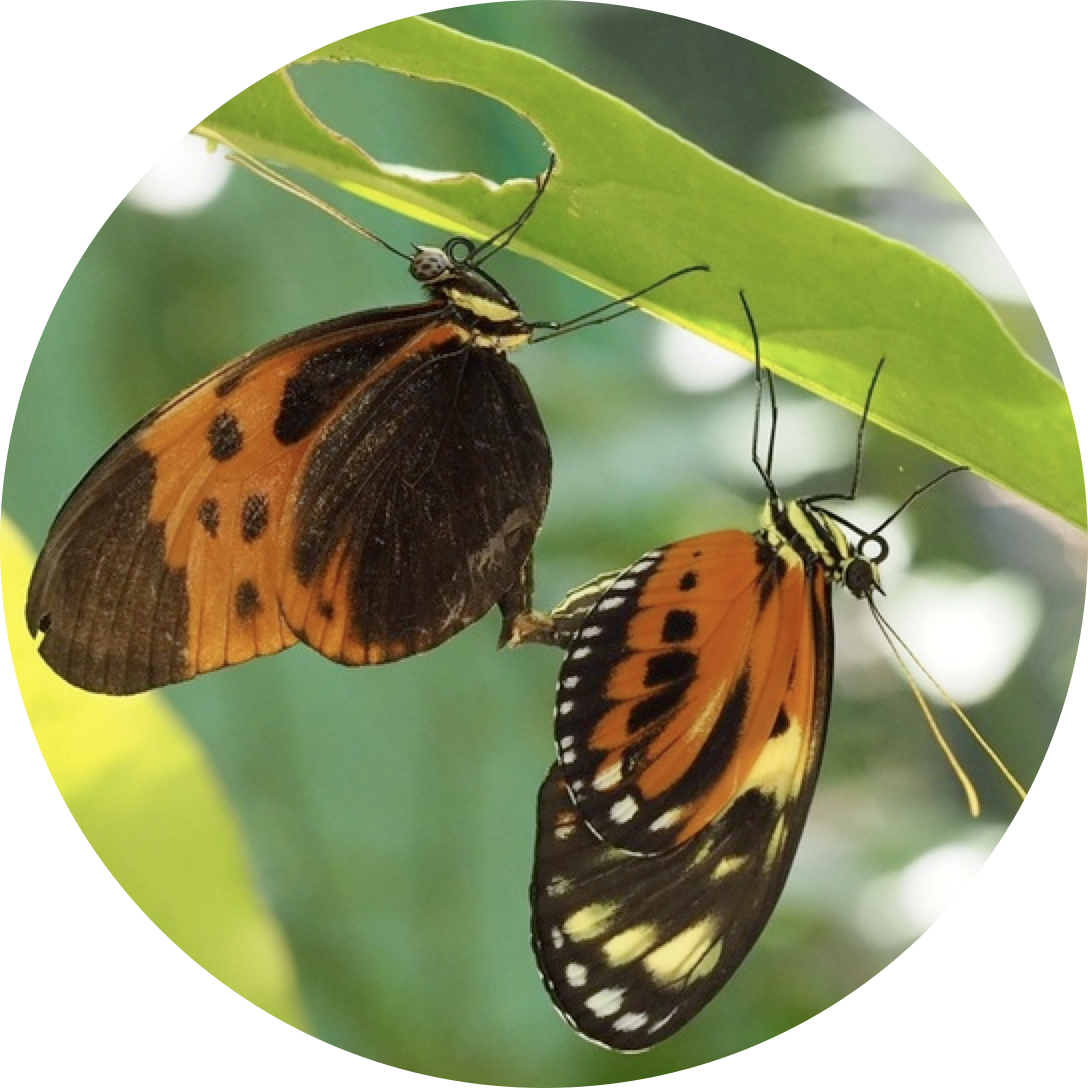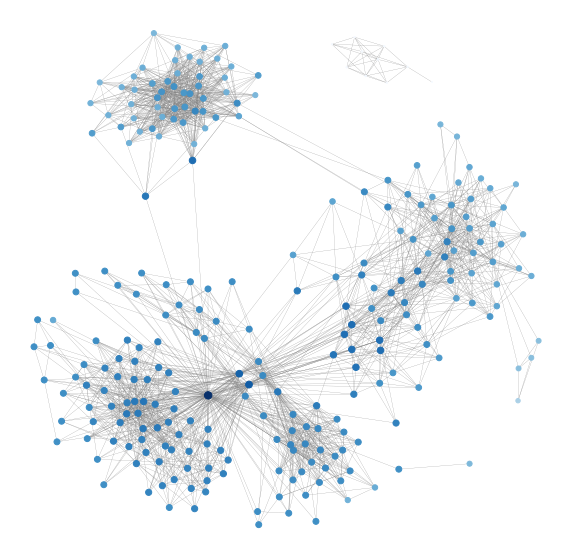 |
Ludovic MaisonneuveAbout meI am an evolutionary biologist and research fellow at the Institute for Advanced Study in Toulouse. I study how learning behaviors evolve by building general mathematical models. In particular, I focus on how individuals choose whom to learn from when they acquire information from others. My goal is to understand how ecological and social conditions explain why different soical learning strategies exist, why they vary within and between populations, and how they change over an individual’s lifetime. I am also interested in how these social learning strategies influence the accumulation of useful information within the population. Contactludovic.maisonneuve.2015[at]polytechnique.org |


